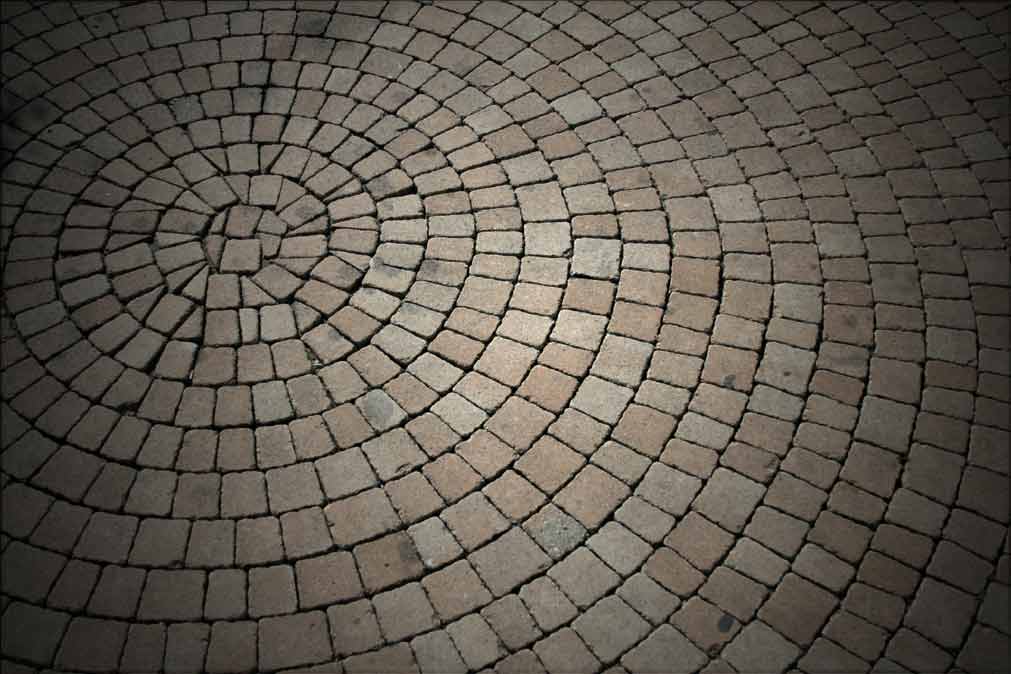6.14.2010
Champagne, no wonder the stuff is pricey!
Posted in News
by Tammi Ramsey
I found a book on Amazon.com about Champagne and it had excellent reviews, so I bought it. The book is called The Finest Wines of Champagne, A Guide to the Best Cuv’ees, Houses and Growers. By Michael Edwards. As soon as I opened it I was intimidated. It is 300 plus pages and I have the attention span of a small child and also the size of text is really tiny.
But none the less I started reading it on Friday and have learned about some of the most interesting facts and the rest of the book is about some of the famous producers and vineyards.
The easiest facts are as follows, Champagne can only be called Champagne if it is made in Champagne, France.
Real Champagne is made only with three types of grapes, Chardonnay, Pinot Noir and Pinot Meunier. Pinto Noir is tricky to grow well, it is a very temperamental grape, conditions have to be just right to make a great Pinot Noir.
Next the Champagne must be made in the Methode Champenoise traditional way to make it. The process is like this. They pick the grapes (a little under ripe for regular still wines), then they make the wine after it is finished fermenting, they blend the different wines together then it is called cuvee’. Then the wines are bottled and a small amount of dosage is added. Dosage is a kinda syrup mixture of sugar, wine and yeast to top off the bottle and then they cap it with what looks like a pop bottle top called a crown cap.
The sugar and yeast create a secondary fermentation in the bottle and that creates carbon dioxide. During the time of the secondary fermentation they bottles are stored on racks that hold the neck at a downward angle and the bottles are riddled, which means they are “jarred” and then rotated every few weeks. Once the yeast all settles in the neck of the bottle and it has finished it’s work of the secondary fermentation. It is time to remove the yeast plug ( I know the term yeast plug is not pretty!
So to remove the yeast plug without losing carbon dioxide, they do the coolest thing, literally. They submerge the neck of the bottle into a mixture that freezes the neck and then they take off the cap and disgorge the yeast plug. Then they top off the bottle with a touch of the base wine and put in the famous mushroom cork and cage and then you have champagne!
As I was reading about this I found out there are 4 different ways a winemaker will prune the vines and it is a labor of love. Tedious hands-on work and many of the great champagne makers have very small lots of land. So the next time I pick up a true bottle of Champagne I will appreciate all the effort that went into it.
Currently my favorites are Taittingger, Henriot, Veuve Clicquot and Mumm. I have bottles of Pommery and Ayala to try soon, so I will keep you posted.





